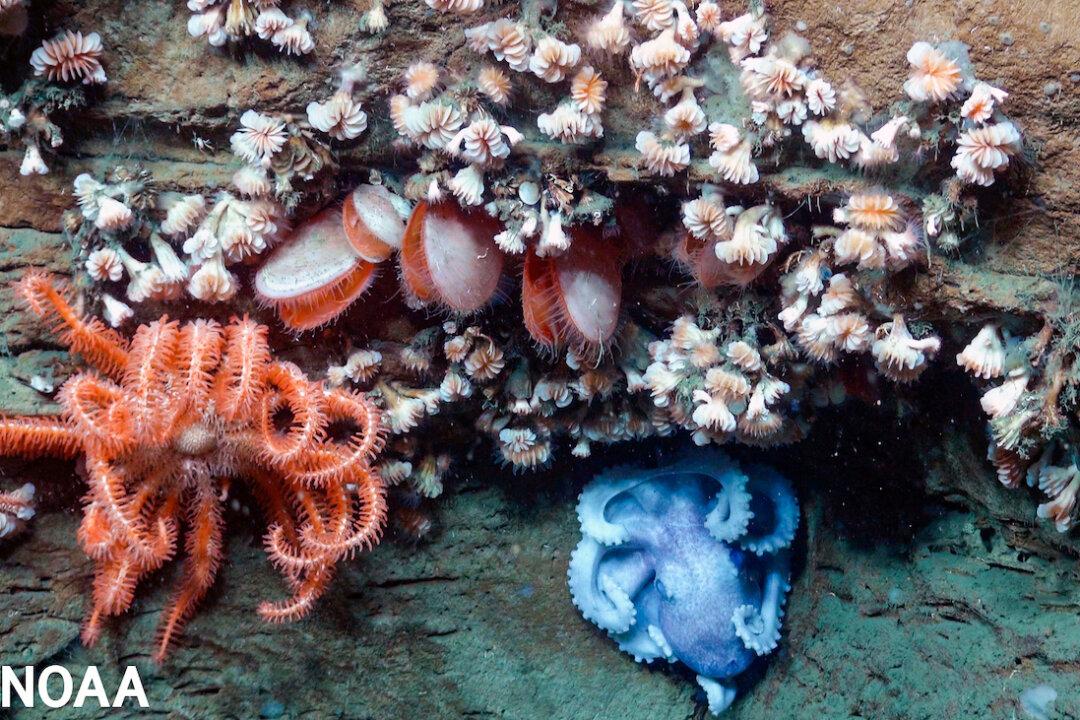The Biden administration has announced plans to designate Hudson Canyon—the deepest U.S. submarine canyon in the Atlantic Ocean, located off the coast of New York and New Jersey—as a national marine sanctuary.
The National Oceanic and Atmospheric Administration (NOAA), an agency within the U.S. Department of Commerce, said its plans to designate the site as a sanctuary would provide special federal protection to “help conserve the area’s rich marine wildlife and habitats, promote sustainable economic activities, and create new opportunities for scientific research, ocean education, and recreation.”




